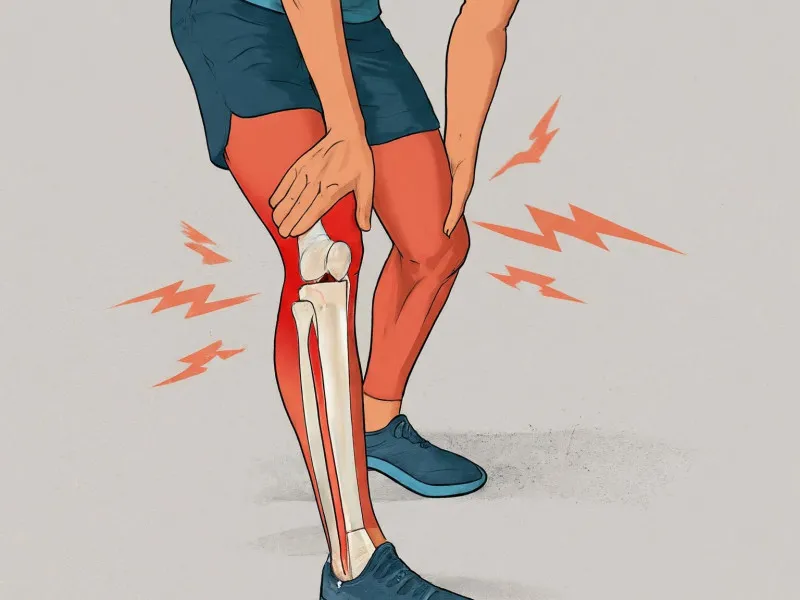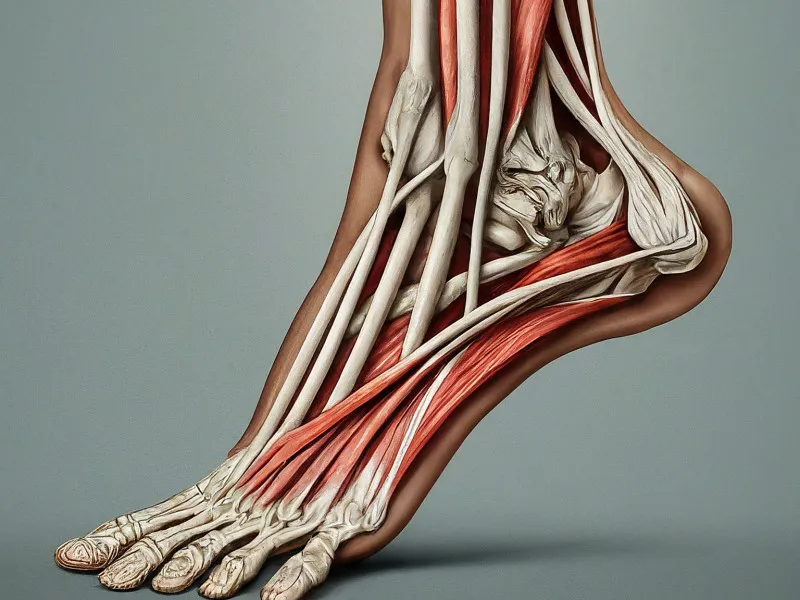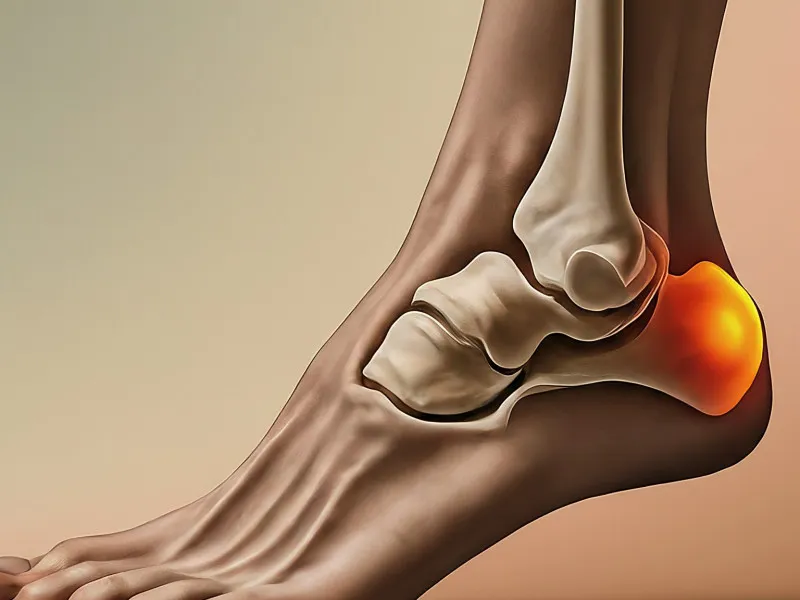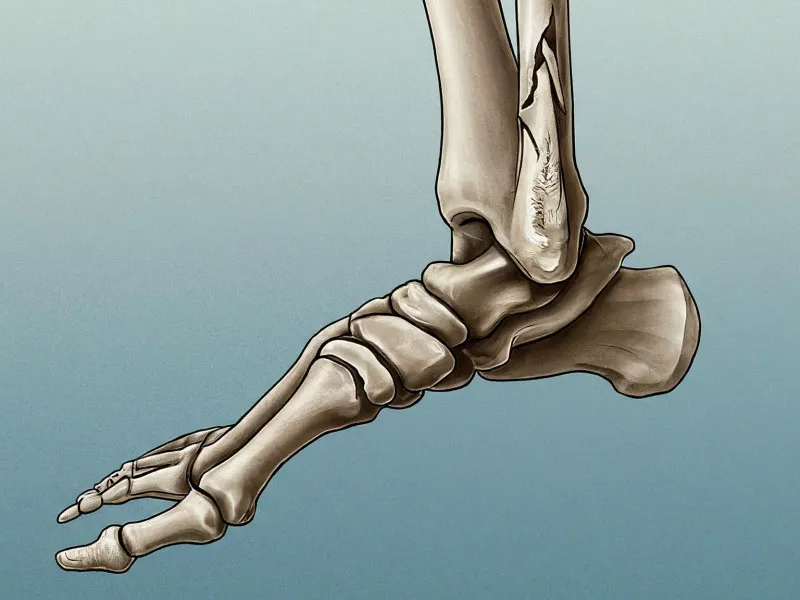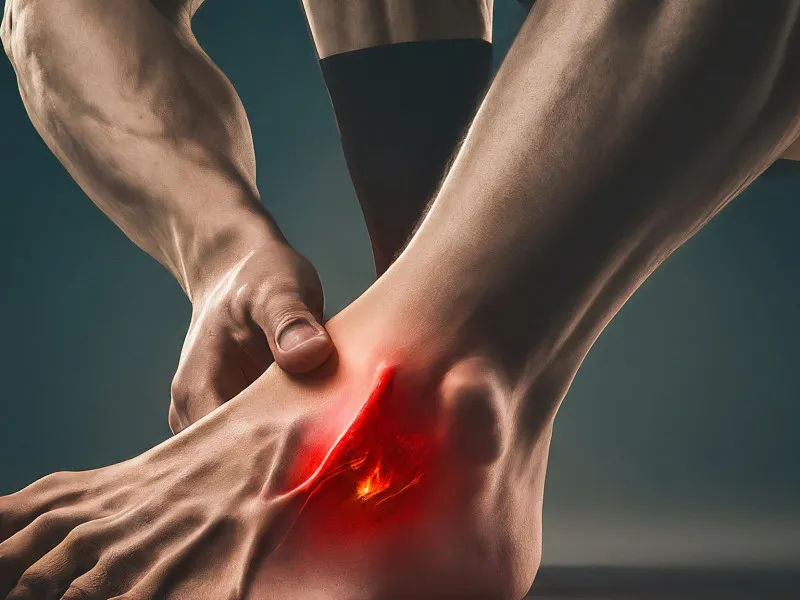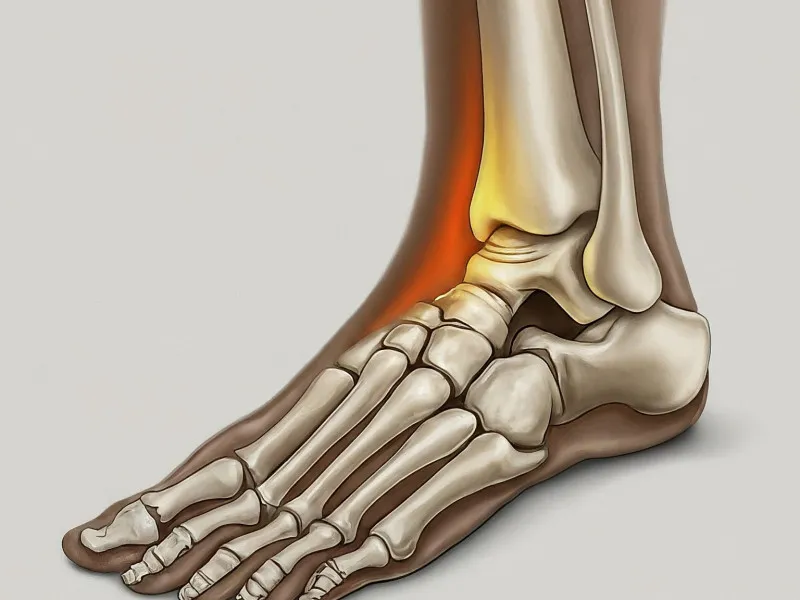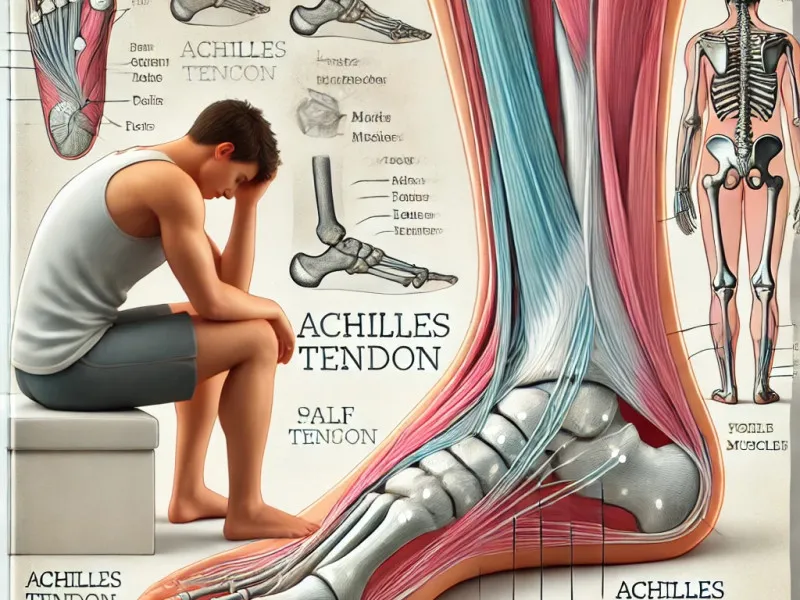Achilles
Achilles tendon repair is a surgical treatment used to restore strength, function, and mobility following a rupture or severe degeneration of the Achilles tendon.
At a glance
About
Recovery involves immobilisation followed by a structured rehabilitation programme.
Effective
Referrals
Not Needed
Booking
Instant-book option available
Cost
-
Lincolnshire £ 4,500
Nature of Achilles Treatment
Achilles treatment focuses on repairing or regenerating the tendon that connects the calf muscles to the heel bone. Depending on the severity of the injury, treatment may involve minimally invasive injections to stimulate healing or surgical repair to reattach torn fibres. The goal is to restore tendon strength, reduce pain, and return full mobility while minimising downtime.
Common Causes of Achilles
Achilles tendon injuries are typically caused by overuse or sudden strain, including:
Repetitive activity: Running, jumping, or high-impact sports can overstress the tendon over time.
Sudden increase in activity: A rapid return to exercise without adequate conditioning.
Tendon degeneration (tendinosis): Age-related wear weakens the tendon structure.
Poor footwear or biomechanics: Unsupportive shoes or improper foot alignment during movement.
Direct trauma: Accidents or falls that place sudden force on the back of the ankle.
Diagnosing Suitability for Achilles Treatment
Diagnosis begins with a physical examination to assess swelling, tenderness, and weakness in the Achilles tendon. Patients typically report pain during walking, running, or rising onto their toes. Ultrasound or MRI imaging is used to determine the extent of the damage. If conservative treatments such as rest or physiotherapy have failed, targeted interventions may be recommended to support recovery.
Suitable for
Acute Achilles tendon rupture
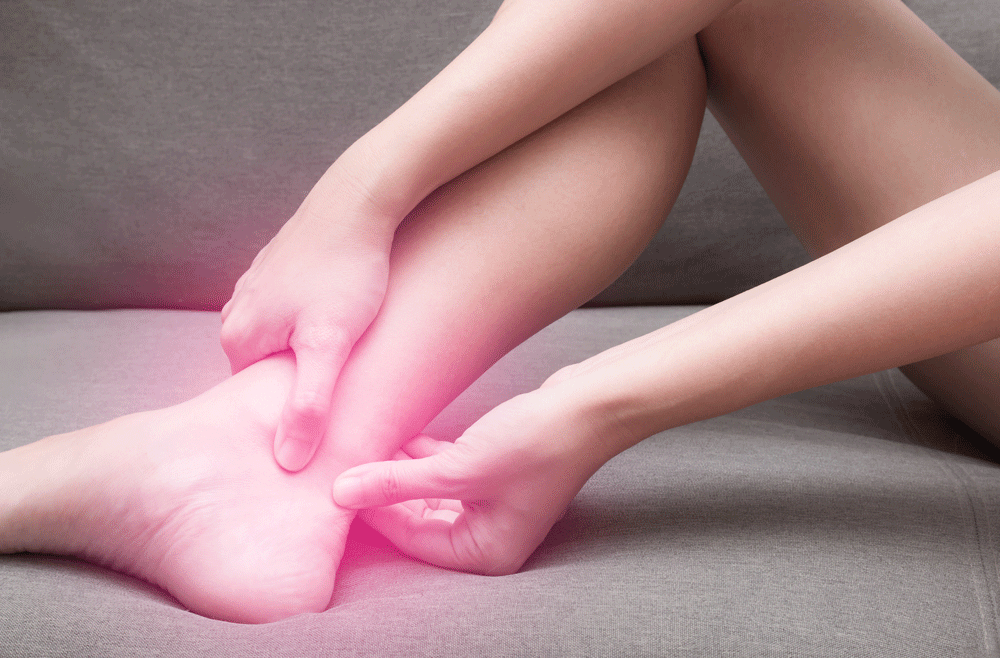
Chronic Achilles tendinopathy
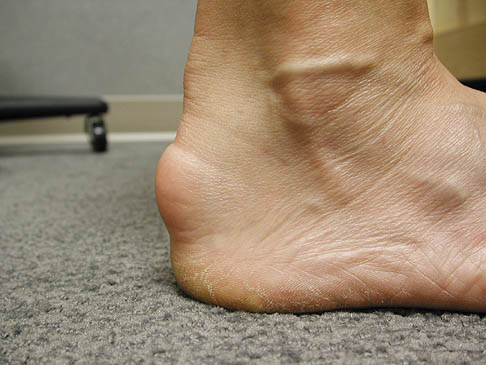
Treatment overview
Achilles tendon repair can be performed via open or minimally invasive techniques, depending on the severity and type of injury. In cases of complete rupture, the torn ends of the tendon are surgically reattached. For chronic degeneration, the surgeon may remove damaged tissue and reinforce the tendon using grafts if needed. Recovery involves immobilisation followed by a structured rehabilitation programme to regain strength and flexibility.
The Achilles tendon is the largest tendon in the body, connecting the calf muscles to the heel bone. It plays a critical role in walking, running, and jumping. Injuries or tears to this tendon can cause severe pain, weakness, and loss of mobility.
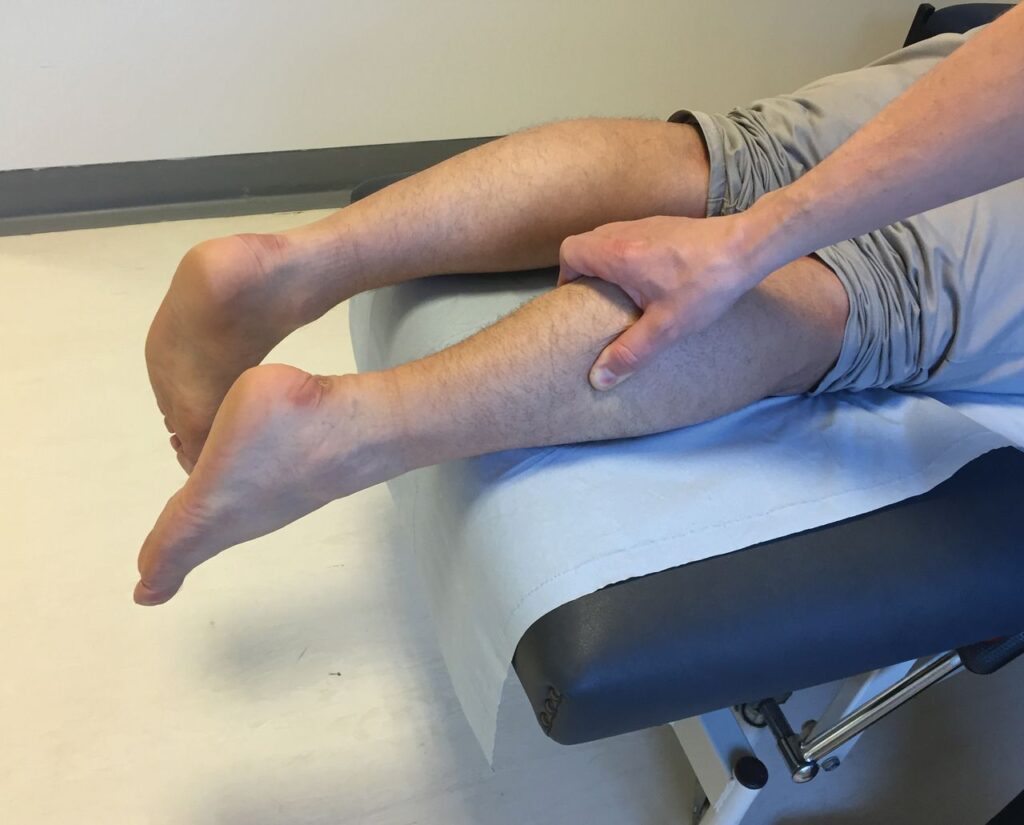
Benefits

Restores strength and mobility

Reduces chronic pain and stiffness

Enables return to sports and daily activity

Long-term solution for severe tendon injuries

Effective after failed non-surgical treatments
How to Pay
We offer a range of flexible payment options to make your treatment experience smooth and stress-free.
Paying for Yourself (Preferred Option)
Most patients choose to self-fund their treatment. We accept:
- Bank Transfers
- Credit/Debit Cards
- Cash (in person only)
Instalment Plans
We’ve partnered with GoCardless to offer interest-free instalment options. You can easily set up a Direct Debit to spread the cost of your treatment over time.
Finance Options
Looking for a financing plan? You can apply through Kandoo, our trusted finance partner.
- Instant online decision
- No impact on your credit score
- Multiple lenders for competitive rates
Private Medical Insurance (Limited Availability)
We work with a small number of approved insurance providers. However, due to restrictions from many insurers, not all treatments are covered. Please check with your insurer and speak to our team before booking to avoid disappointment.
The booking process
Online booking/call
Use our Calendly to book an initial consultation, or give us a call.
01
Consult
If you are a new patient, our doctors might arrange a consultation before treatment.
02
Treatment
You will be booked in for treatment.
03
Follow up
Our doctors might arrange a follow-up consultation, to check your response to treatment.
04
Discharge
Once your doctor is happy with your recovery, you will be discharged. After discharge, we are always here for further questions or support, should you need it.
05
Frequently Asked Questions
How do I know if my Achilles tendon is torn?
You may feel a sudden pop or snap, followed by pain and difficulty walking or standing on your toes. An ultrasound or MRI can confirm the diagnosis.
Is surgery the only option for a torn Achilles?
Not always. Small tears or mild tendinopathy may respond to physiotherapy or injections. Surgery is usually recommended for complete ruptures or severe degeneration.
How long is the recovery after surgery?
Recovery typically takes 6–12 weeks, including physical therapy. Full return to activity can take several months.

